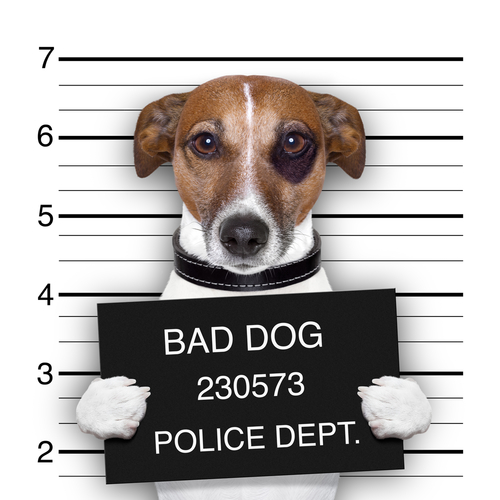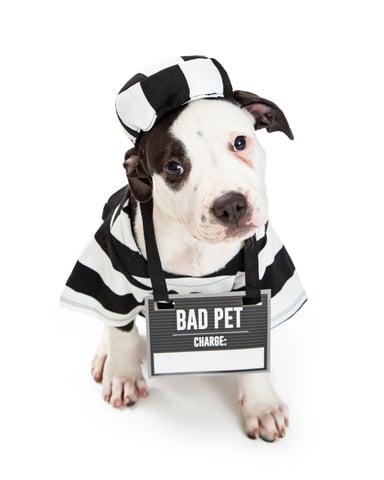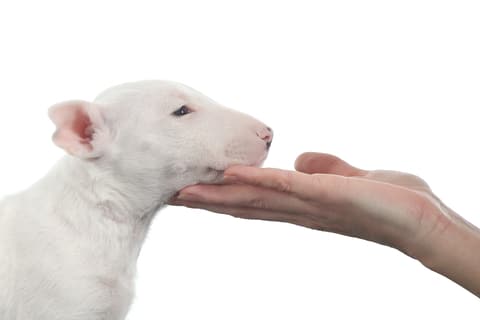Hot weather topics that could save your dog's life.

At a recent Managers’ Meeting, we were discussing topics for our monthly all-staff lunch and training session. The winning suggestion was to review the symptoms of heat stroke, especially for our newer staff. Even though heat stroke is unlikely in our Daycare where the dogs have access to shade, pools, misters and sprinklers, and rest in air conditioning, it never hurts to review this information for everyone, not just at work, but also at home with their own dogs.
Heat stroke
A dog’s normal body temperature is between 100 and 102.5 degrees. Over 103 degrees is considered a fever. In hot weather, be aware of the symptoms of heat stroke:
- An elevated temperature of 106 degrees
- Panting with thick mucous slobbering from the dog’s mouth
- Bright red tongue and gums
- Unsteady and staggering
- Possible vomiting and diarrhea
If untreated quickly, the dog will collapse and go into a coma. Fast action can mean the difference between life and death. If you see any of these symptoms move the dog into a cool area, lie him on his right side and cool him quickly by wetting him with cold water, especially the head, neck, belly and groin areas.
If possible, put the dog on a tile floor or in a tub or wading pool. As he’s soaking, gently massage his legs and body, and use a fan to speed cooling. The idea is to get the dog’s body temperature down as quickly as possible. While you’re tending to your dog, have someone call the veterinarian or emergency clinic so you can immediately take your dog there as soon as his temperature is down.
Exercise
Other summer tips fall under the category of common sense, which sadly often seems not to be common. Don’t take your dog running in hot humid weather. Consider that your dog is barefoot on hot pavement, wearing a fur coat.
Grooming
Speaking of your dog’s coat, this is a good time of year for a thorough grooming, getting rid of your dog’s hot undercoat, but don’t shave your dog down to the skin. As illogical as it may seem, shaving a dog does not make him cooler. A dog is actually hotter without a protective coat that shields him from sunburn, from (some) bug bites, from cold and from the heat.
Professional grooming with hot water and high velocity bathing and drying gets out the undercoat, leaving the protective (cooling) outer coat. Trimming (not shaving) can make it easier to manage for brushing, swimming and bug searches, but don’t shave your collie, Lab, golden retriever, Newfie, husky and the like.
Dogs in cars
And then there’s hot car advice. Each summer there are horrific stories of a child dying when it is accidentally left in a car in the sun. The interior of a car parked in the sun quickly reaches temperatures or 140 degrees or more – temperatures that quickly and cruelly kill a dog. Even with windows open a crack, a car interior can become a coffin.
It isn’t safe to leave the engine running and the air conditioning on either. The car can stall and with the windows shut, the car will heat up in minutes.
If you must take your dog you, park in the shade, cover the top of the car and windshield or rear window (whichever faces the sun) with a heat reflecting thermal blanket, leave windows on both sides open at least eight inches or more, with battery operated fans to circulate outside air into the car. Leave a bowl of cool water for the dog to drink, and check on him frequently. Sound like too much trouble? Don’t take chances—leave your dog home.







